Big sound, tiny package.
Gaming headphones may be a beloved necessity for most PC gamers, but I've never been a fan. My glasses frames get jammed into my temples and ears over long play sessions, my tinnitus becomes more noticeable thanks to the noise cancellation, and the headbands quickly get itchy and sweaty. So, when Panasonic contacted me about testing a soundbar specifically for PC gaming that could serve as a headphone replacement, I felt practically giddy.
The Panasonic SoundSlayer is, on paper, the headphone substitute that gamers like me have been seeking out. Along with Bluetooth and optical, it supports 4K HDR passthrough from your graphics card to your monitor. At 17" W x 2.06" H x 5.25" D, it is surprisingly deep for a compact soundbar, but should hopefully fit under most monitors. It supports dedicated RPG, FPS, and dialogue settings — though these are a relabeling of features like 3D audio or voice modes that you'll find on most soundbars nowadays.
In practice? It's a small soundbar with solid performance and cool features that doesn't quite live up to the expectations that Panasonic set for it with its $299 price tag. It lives up to the crisp sound you get with headphones, but not necessarily the 3D directionality or diverse gaming audio modes.
At a glance
Panasonic SoundSlayer
Bottom line: The Panasonic SoundSlayer produces excellent sound quality in a small package that will fit with most PC gaming setups. Even without a subwoofer, the bass performance will benefit action-heavy games while the 3D object Atmos tech immerses you inside of various gaming worlds. As a four-pound, 17" soundbar, however, it won't reach the sound quality of other 2.1ch soundbars at a cheaper rate.
The Good
- Rich, strong bass
- FPS / 3D mode greatly enhances performance
- Multiple connectivity options
- 4K HDR passthrough
The Bad
- Expensive
- Not true Dolby Atmos
- Struggles with quiet music and dialogue
All about that bass
Panasonic SoundSlayer What I like
Unless you have a large monitor base (like me), you'll have no trouble fitting this soundbar on your desk beneath your monitor, despite its girthy frame. In my case, I rest the SoundSlayer on the base and have no problems. It has a solid top that makes it easy to keep clean, and you can put things on top of it without messing up the sound quality (as would happen with open-top bars). I personally think its thin-but-deep build gives it a distinct and cool look, but fully acknowledge that my aesthetic opinions aren't that reliable.
Panasonic packs its 80W subwoofer and two tweeters into the body of the SoundSlayer, which I prefer to a discrete subwoofer. A separate device may produce better quality bass in theory, but I don't have anywhere to put a sub behind my desk and neither will many other gamers. It also sports two full-range drivers.
Powerful bass is one of the SoundSlayer's greatest strengths.
Bass ended up being one of the SoundSlayer's greatest strengths, for a variety of media. In games like Horizon: Zero Dawn and Destiny 2, the action sounded distinct and dangerously close. When I rested my hands on the desk, I could feel the vibrations emanating from the speaker when thunderjaws tried to body slam me or tearblast arrows knocked off components, particularly with the Game mode with 3D Surround activated.
The same applied when listening to music. I tested the Music mode on percussion-heavy rock or hip-hop like All Along the Watchtower and WAP, and the rich bass and low tones came across loud and clear.
You'll find four main sound modes on the remote: Standard, Music, Cinema, and Game. I never found any reason to use Standard, while Music and Cinema are self-explanatory. Anyone buying a SoundSlayer will spend the bulk of their time in Game mode, and thankfully I found it to perform well in a variety of genres.
Marketing for the SoundSlayer focused on specific game modes for different genres — FPS, RPG, and Voice for cutscenes and dialogue-heavy games — but that's slightly misleading. The Game button corresponds to the immersive RPG mode that was designed for games like Final Fantasy XV. But the FPS "mode" is actually toggled by the 3D Surround button, which can be used with Game mode or any other mode. The same goes for Voice, which is triggered by the CLR Dialog button. So, technically, you can have the RPG, FPS and dialogue settings all active at once if you want.
I don't like that the remote relies on different language than the official marketing, as I spent a good amount of time trying to figure out how to access the "missing" audio modes. But I brought the modes up in this section because the FPS, or 3D Surround option is a game-changer. Whether you're listening to music, watching films or playing games, this mode truly enhances the quality of the sound into something rich and immersive.
"FPS" mode is basically Atmos, and will benefit your gaming audio no matter which genre you choose.
Once I realized 3D surround wasn't just for Dolby Atmos content, I kept it on most of the time during PC play sessions. The exception was when my partner was in the room watching TV or vice versa, as the setting tends to make the audio bounce across the whole living room. She is a fellow Horizon: Zero Dawn fanatic, and while she put the soundbar through its paces on the PC, I was able to comfortably watch sports on our TV in the same room using our Vizio 2.1 soundbar. Despite being just fifteen feet apart, the sounds didn't overlap in an annoying way.
In other words, as long as you keep the SoundSlayer at a reasonable volume, it provides good audio quality directly in front of it but won't necessarily annoy your loved ones or roommates elsewhere in your apartment or home.
One gaming setting
Panasonic SoundSlayer What I don't like
Loud music, explosions, orchestral crescendos: the Panasonic SoundSlayer is built for that kind of thing. When the sounds playing are more subtle, the limitations of the soundbar become more apparent.
Deep-voiced singers sounded normal, but listening to high tenor bands like Fleet Foxes and Whitney, or quiet classical pieces like Prelude to the Afternoon of a Faun, the SoundSlayer sounded slightly more artificial in recreating the notes.
As I mentioned before, I had expected the SoundSlayer would lend itself to trying out different modes for different games. If you're like me, though, most of you will probably stick with "Game" and "3D surround" for everything you play. I never really found a need to use the clear dialog option in any of the games I tested.
For whatever reason, Panasonic decided to make the 3D surround indicator bright orange. I'm sure this made sense to someone, but it stands out distractingly compared to the other green indicators, making me feel like I shouldn't be using it.
Unlike with headphones, I had trouble differentiating which audio source came from one direction or the other.
Then there's the fact that the 3D mode didn't add the directional sounds I expected, considering the Dolby Atmos label. In multiple games, I tried turning away from enemies and tilting the camera left and right, trying to see if I could tell which way they would approach from; the resulting audio was more faded and quiet than instructive. (As a disclaimer, my living room doesn't have a good layout for sounds to bounce back towards me, which may partially explain the issue.)
Finally, for the sake of not slaying your electric bill, the SoundSlayer shuts down automatically if it doesn't detect any sounds for 20 minutes. What makes this frustrating is that using your computer during this period doesn't necessarily reset the counter if you're performing tasks unrelated to audio like checking email. Once it shuts down, if you've connected the soundbar via passthrough from your graphics card, it shuts down your monitor for a few seconds while it recalibrates to pass through while the soundbar is off. Needless to say, it's annoyed me every time it happened.
Panasonic SoundSlayer The competition
Compared against other cheap Dolby Atmos soundbars, the Panasonic SoundSlayer can really only compete with the Soundcore Infiniti Pro, another affordable (for Atmos) 2.1ch soundbar that technically offers Atmos but really just creates an indistinct bubble of excellent-sounding audio. At more than twice the length of the SoundSlayer, the Infiniti Pro won't work for PC gamers but would be a better choice under your TV set.
Other Atmos soundbar sets require rear speakers and have even larger soundbars with upward-facing drivers, making it even less likely they'd work for PC gamers. Perhaps the best alternative for that specific demographic is the Razer Leviathan, which has a leg up on the SoundSlayer in some key areas: it costs less, supports NFC tech for single-tap pairing of your smartphone, is a 5.1ch soundbar instead of 2.1, and is a couple inches less deep for an easier desk fit. It also has a separate subwoofer, which you may or may not see as a positive.
Panasonic SoundSlayer: Should you buy it?
You should buy this if ...
- You can spare the $300
- You want Atmos without spending hundreds more
- You need something that fits under a monitor
- You prefer bass-heavy music
- You'd like a soundbar you can fit in luggage
You should not buy this if ...
- You're mainly getting it for a TV
- You want something for in-game strategic advantage
- You want true Atmos with discrete rear speakers
- Your gaming budget can't afford it
It's easier to judge a soundbar kindly when you receive a review unit for free. Yet the high price of the Panasonic SoundSlayer will make it difficult for many gamers to pull the trigger on the device.
If you regularly use gaming headphones for the sake of tactical performance, so you can hear which direction enemy footsteps are coming from, stick with your headphones. If, however, you want quality audio for games from a casual enjoyment perspective, along with 3D audio for your gaming and movie-watching, then the SoundSlayer is worth considering even at its high price.
4K passthrough ensures that gamers can use the soundbar even if their monitor has only one HDMI port, or you can connect via optical or Bluetooth if you'd prefer. Just consider the layout of your room before buying. With my desk facing outward towards the rest of the room, it's harder to get directional surround sound because the sound travels too far before bouncing back. If your desk is perpendicular to a closer wall, you may get a better result.
In the end, I intend to keep using my SoundSlayer soundbar and the 3D setting regardless of the shape of my home. It's freed me from my headphones, and feels like a wide wave of sound washes over me as I play. If I need to figure out if someone's behind me, I'll just use my eyes.
At a glance
Panasonic SoundSlayer
Bottom line: The Panasonic SoundSlayer features an optical port, HDMI input/ output with 4K passthrough and Arc, and Bluetooth connectivity. The integrated subwoofer and tweeters do a remarkable job at generating clean bass audio. While the price is high, you'll find very few Atmos-compatible devices for cheaper.
from Android Central - Android Forums, News, Reviews, Help and Android Wallpapers https://ift.tt/3cLzRQk
via IFTTT
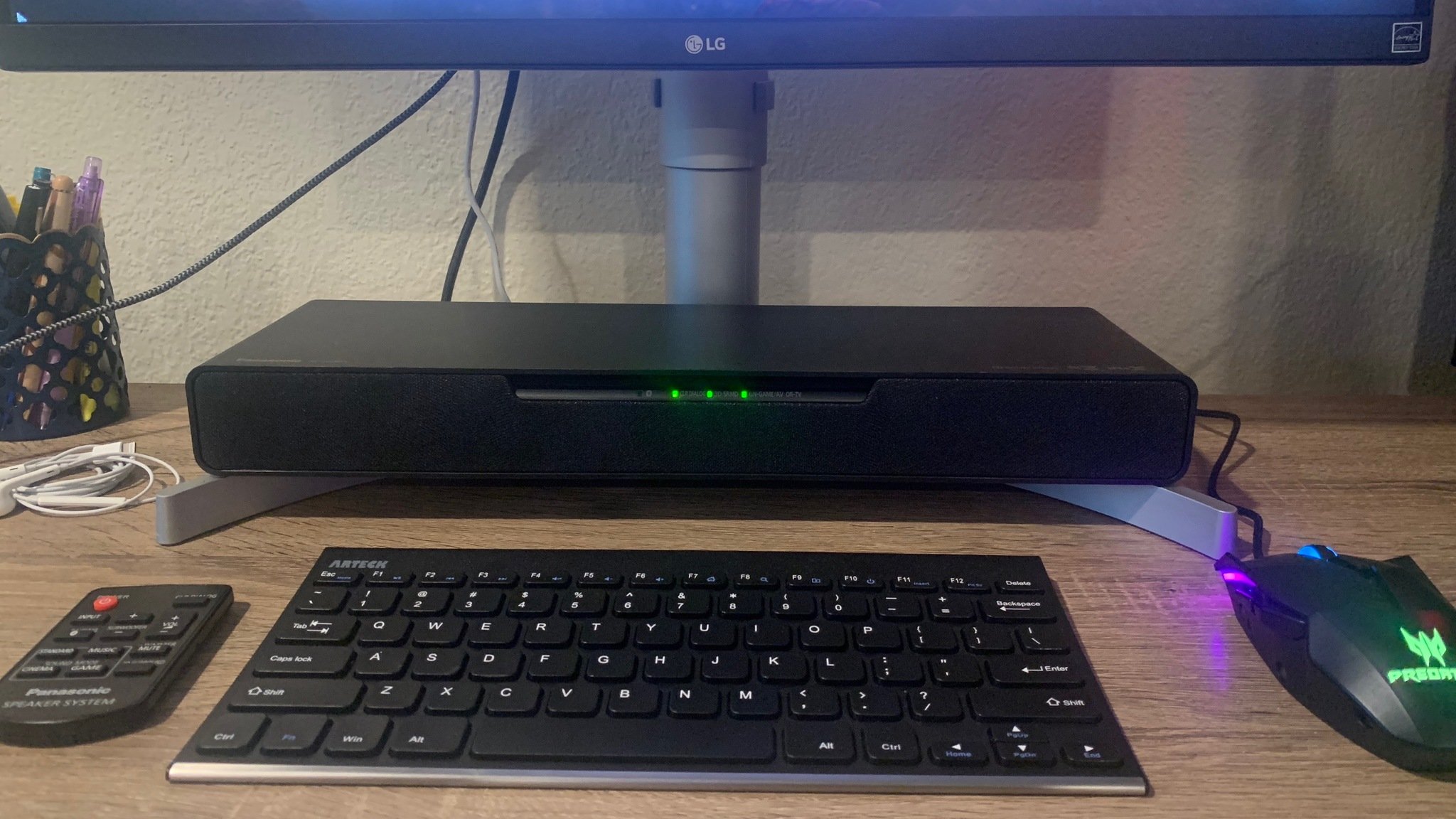
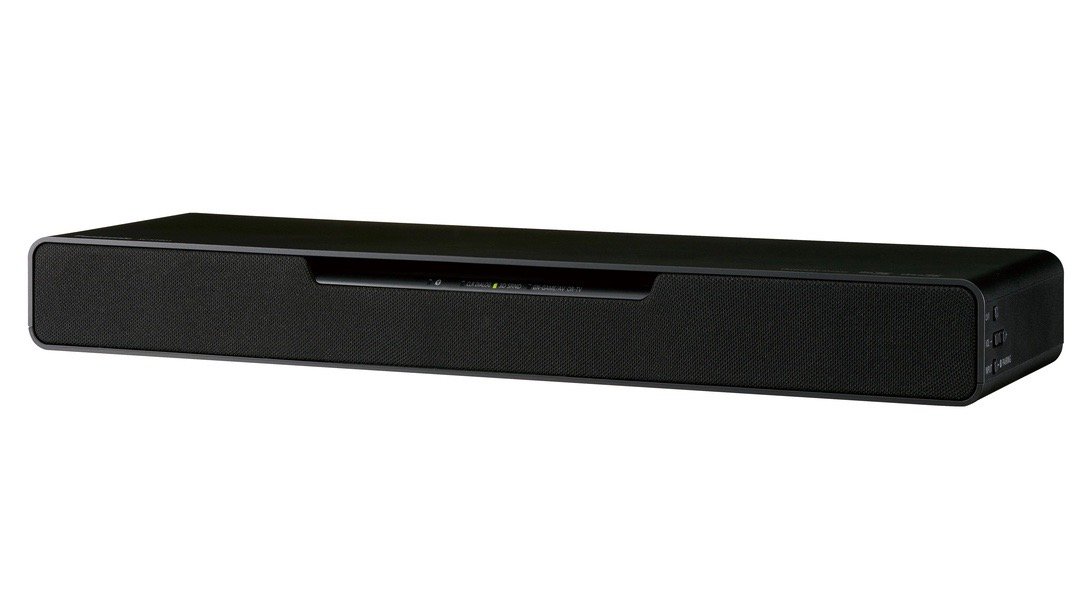
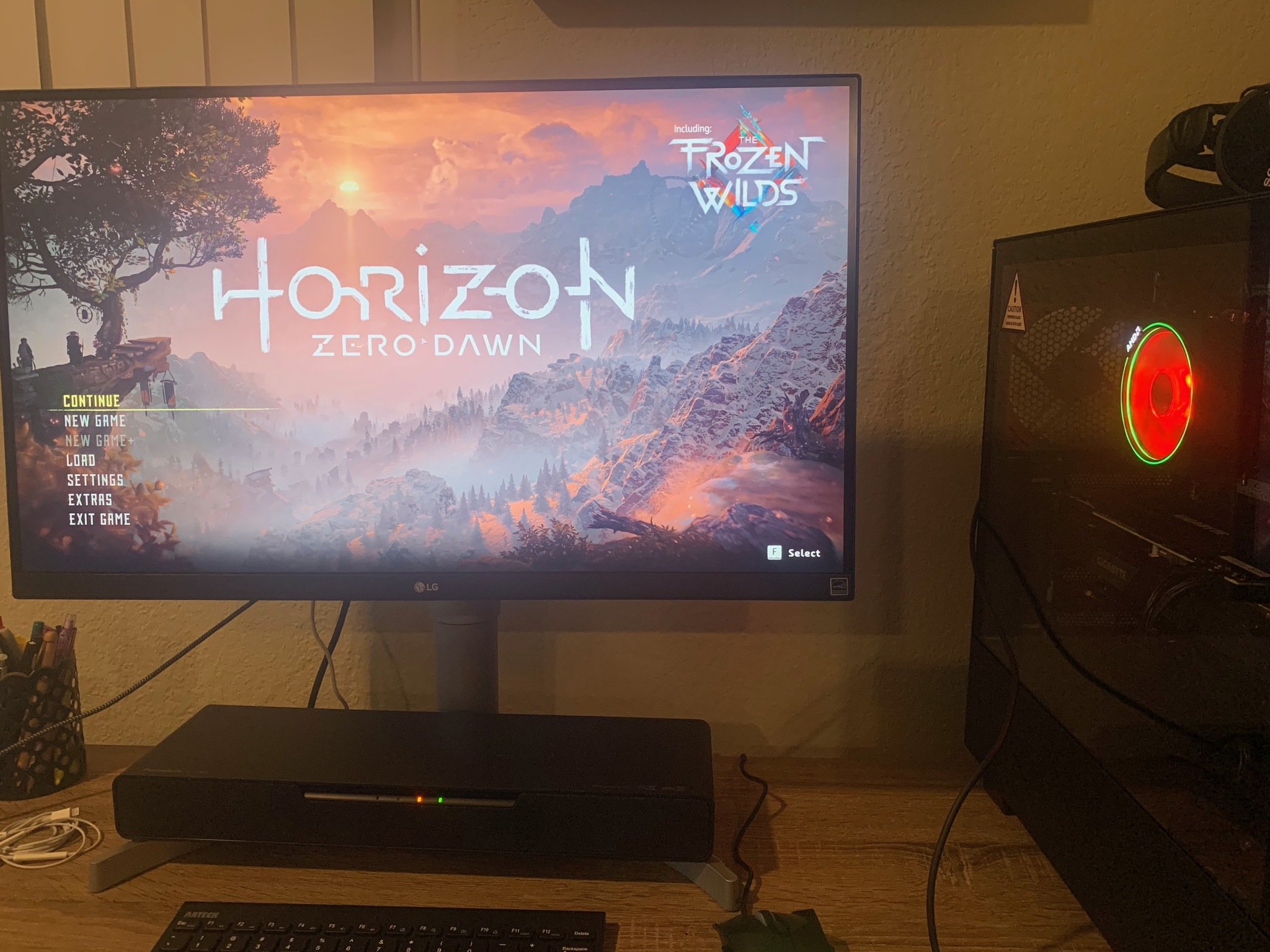
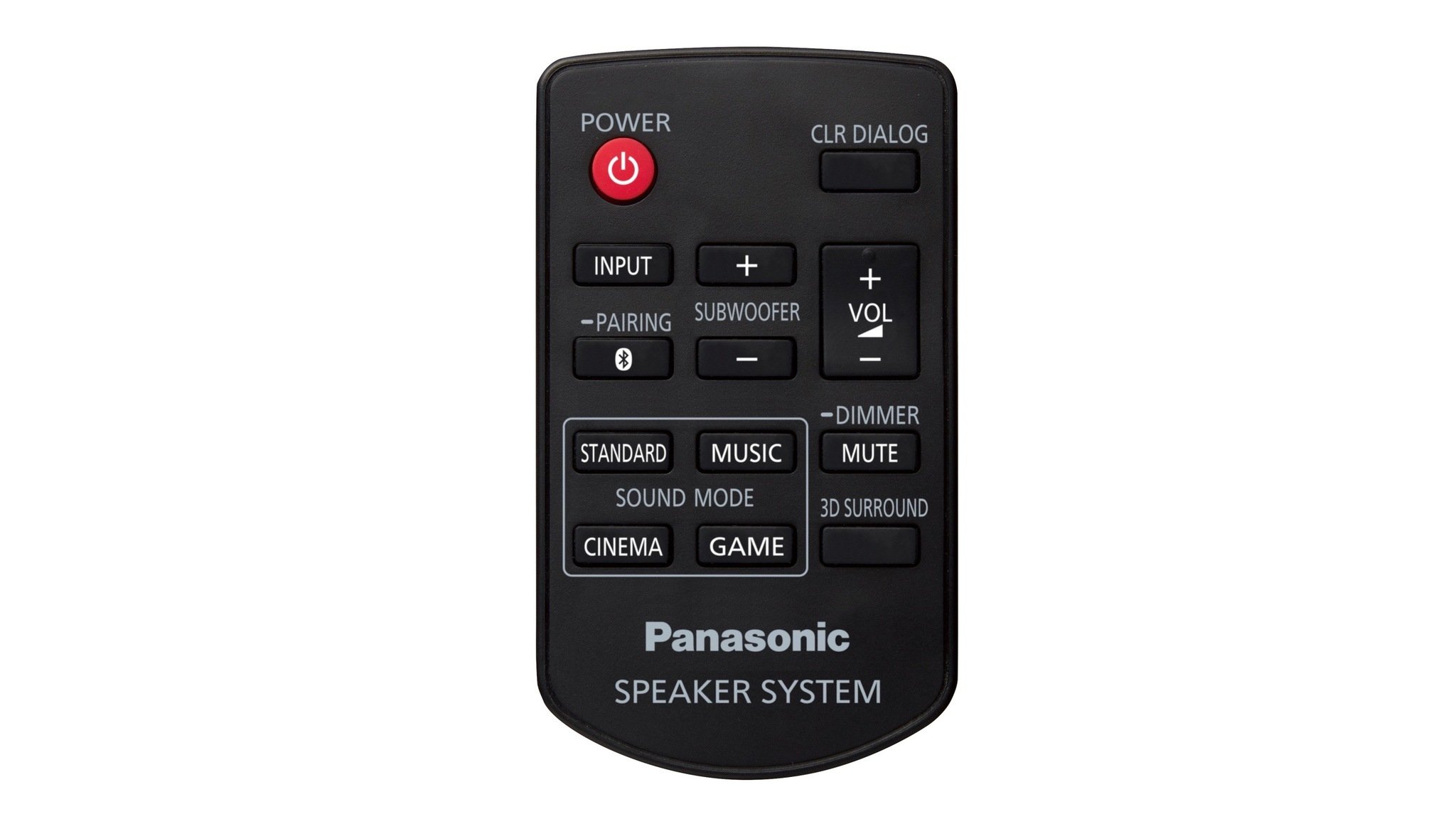
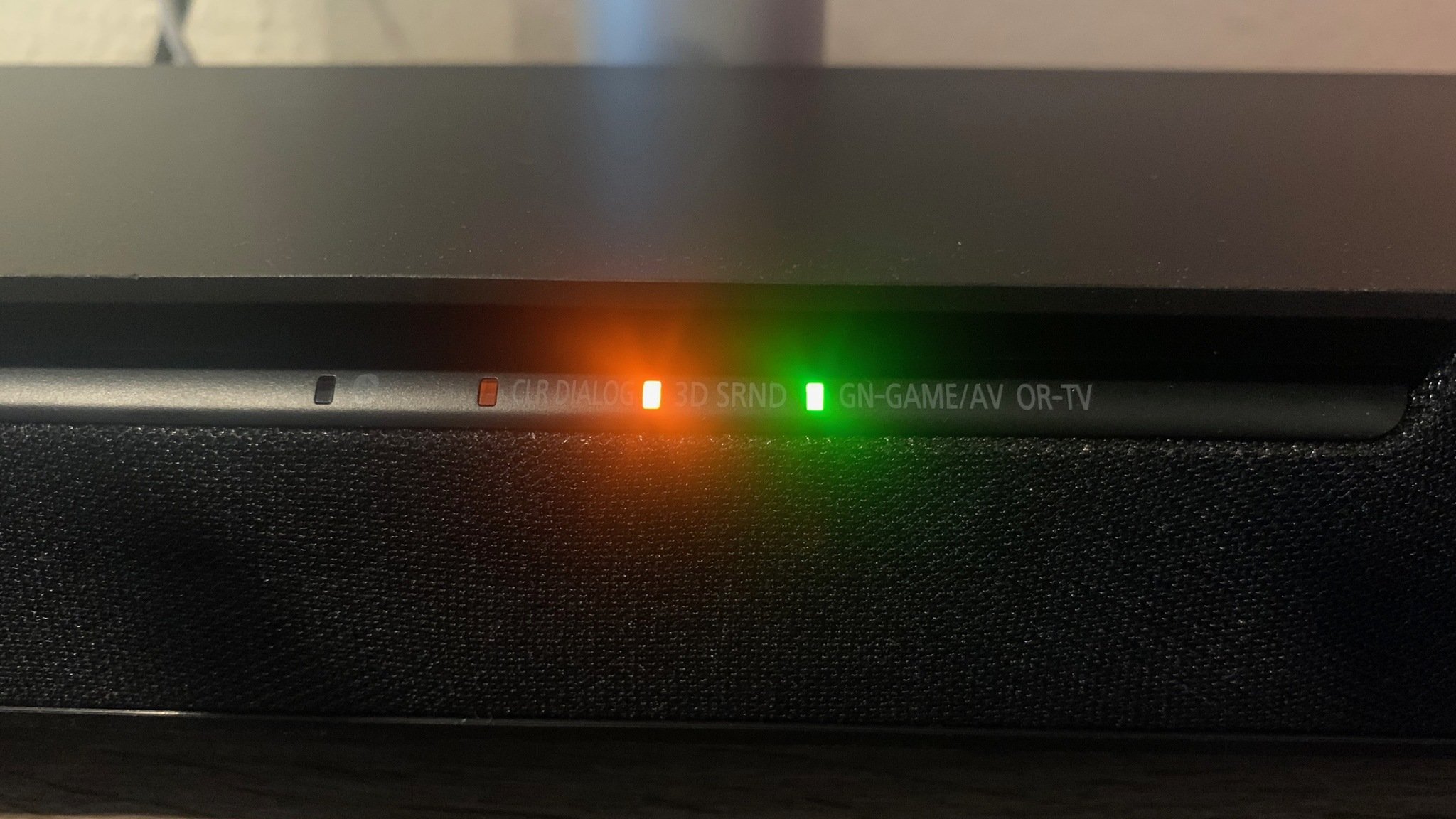
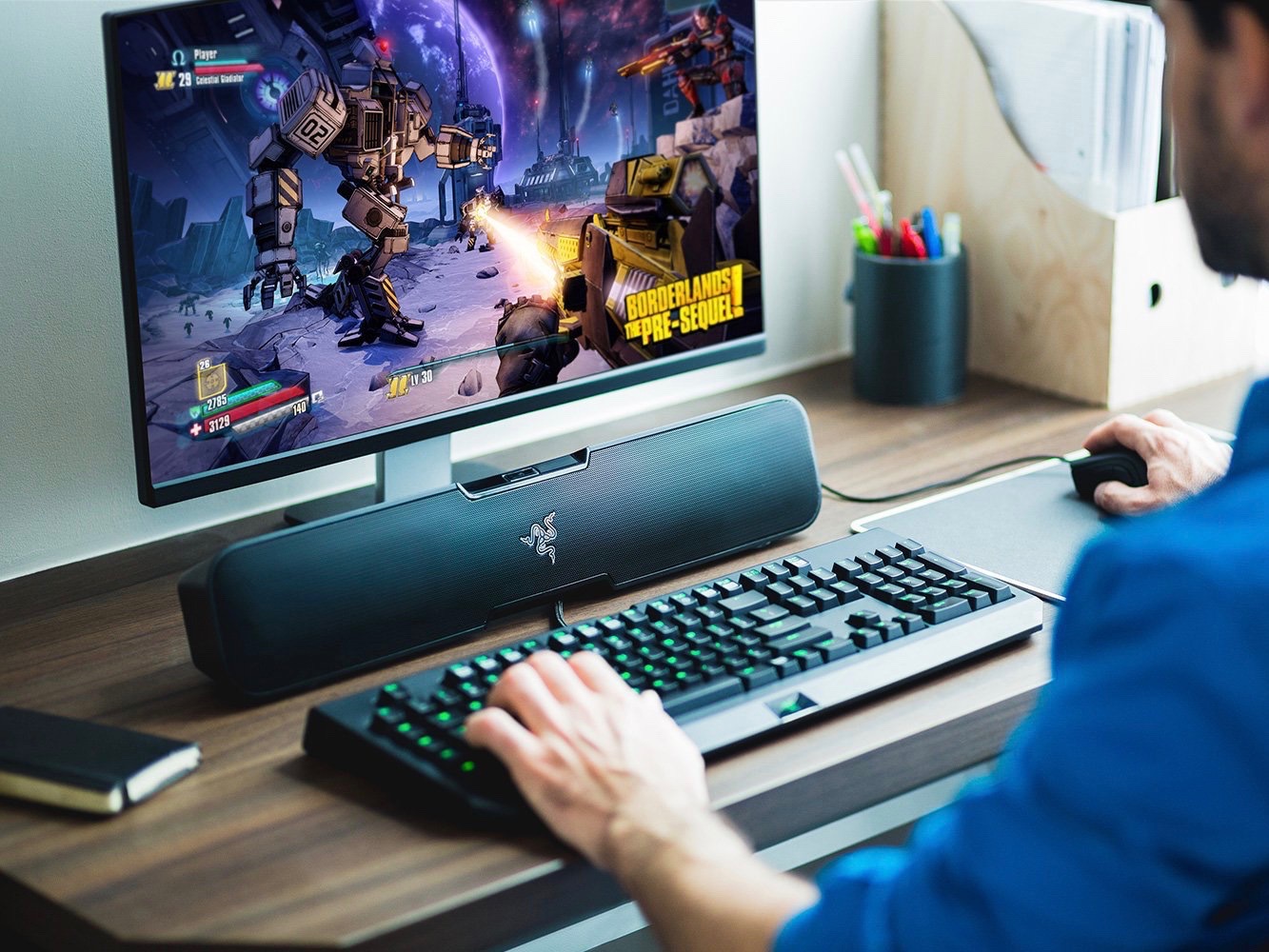
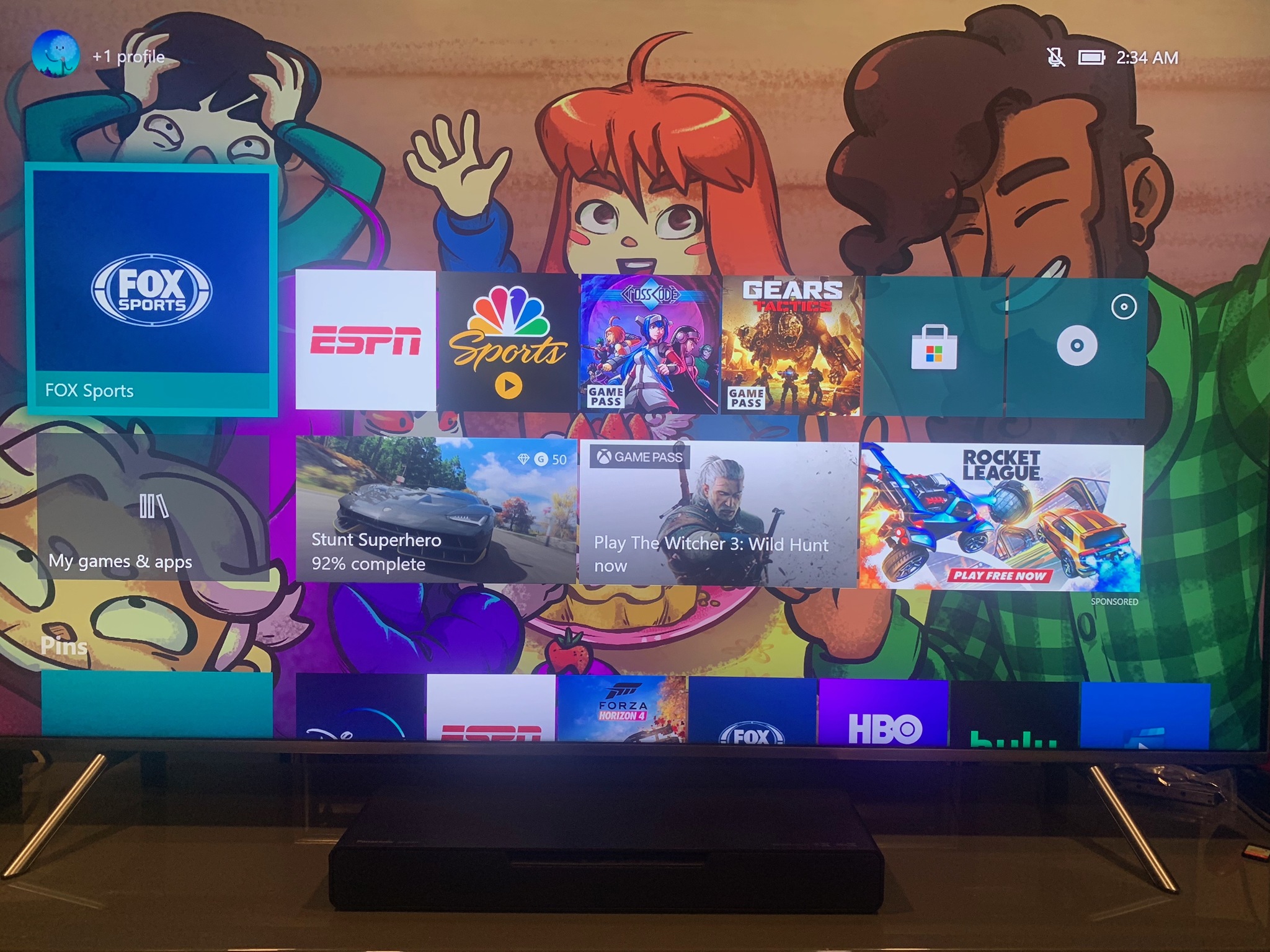
No comments:
Post a Comment